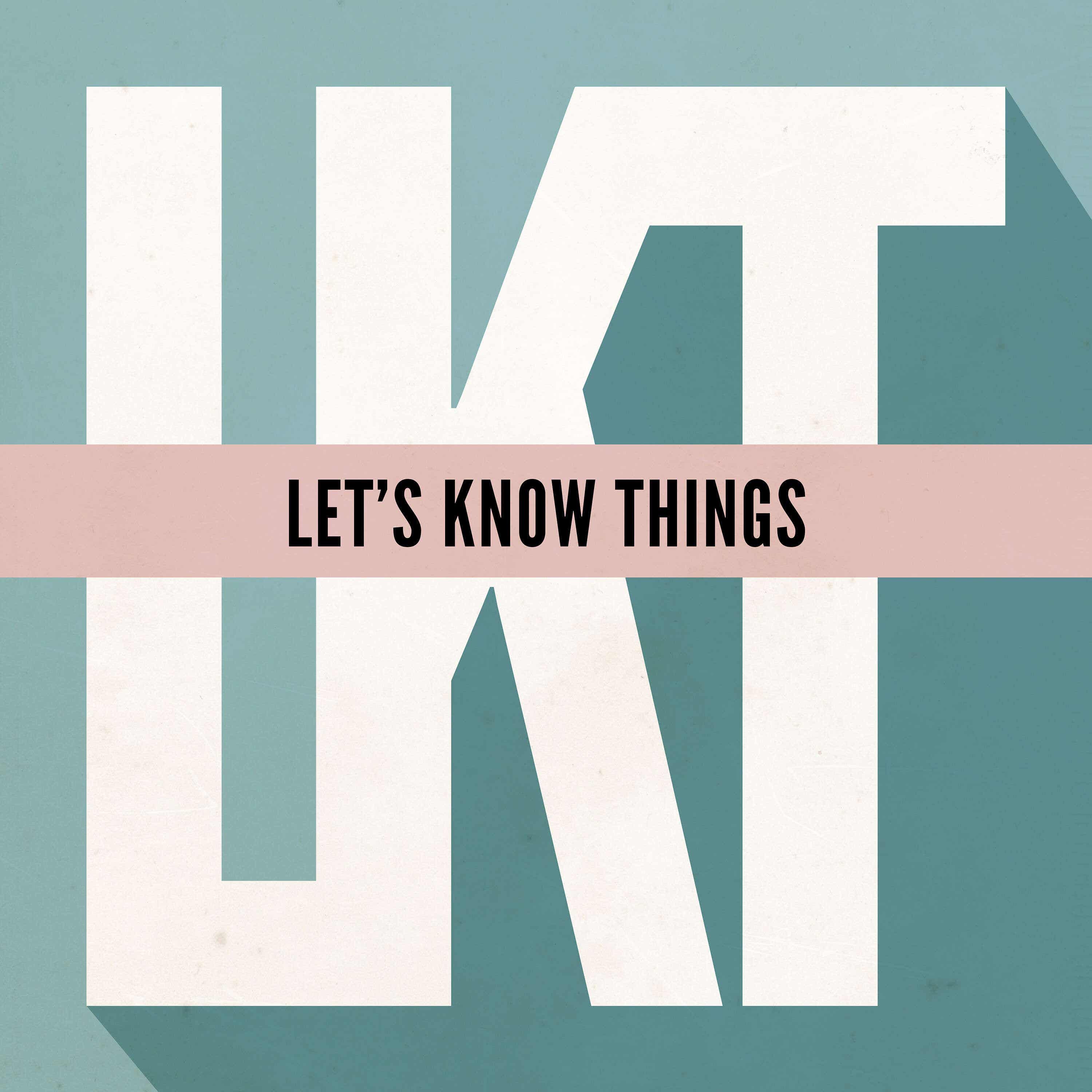Materials Science
Description
This week we talk about stainless steel, DARPA, and GNoME.
We also discuss ceramics, DeepMind, and self-driving labs.
Recommended Book: Drunk On All Your Strange New Words by Eddie Robson
Transcript
In a recent episode, I talked a bit about the bronze and copper ages, and how reaching the level of technological know-how so that it's possible to heat metals so you can blend them with other metals, forge them into useful things, and generally work with them in a more fundamental way than is possible if you're simply chipping away at them, bending them with brute strength, and so on, grants you all sorts of additional powers that those cruder methods do not offer.
Copper's a pretty basic material to work with, as metals go, in part because of its elemental properties, and in part because it appears in nature, on Earth, in its pure form, so it's not something our ancestors would have had to imagine from whole cloth—they could see it, work with it, and thus, had a pretty good sense of what it was and what it was capable of.
Bronze, an alloy of copper—with some amount of tin mixed into the copper to make it more resilient and strong, and thus, useful for many things—was different in that it's not natural and doesn't occur unless we synthetically produce it.
Iron is similar to copper in that it's natural, though it's also a lot stronger and thus harder to work with, lacking the metallurgical capacity to melt it down and reshape it in a liquified form, and steel is in this way a bit like bronze in that it's an alloy of iron—iron mixed with carbon—and variations on the theme, like stainless steels, have some amount of chromium blended in with the iron and carbon, alongside nickel, in some cases, which makes it even more complex, and thus essentially impossible to imagine if you're limited to what nature provides you, in terms of practicality, and thus, often at least, your conception of materials-related possibilities.
So part of the challenge in attaining mastery over difference materials, including but not limited to metals, is discovering them and having access to the requisite natural resources, like iron and copper, in the first place, but then also, over time, learning that you can manipulate them in various ways, and then over time—often long, long stretches of time, generationally long periods of time in some cases—refining those methods of manipulation until it's possible to do so economically, but also, typically, at some kind of productive scale: allowing you to make enough of the material so you can churn out, for instance, armor and swords made out of it, or if we're talking about ceramic goods, stuff made of clay and silica and carbon, among other substances, scaling-up the process so you can produce more jugs and pots and urns, more food-preservation technologies and clay tablets for writing and bricks for building homes and other structures; and that's alongside the parallel process of simply learning how to capably work with these materials, once a sufficient volume of them becomes available.
So while metal and clay are different sorts of substances, they're both materials that we use to make objects—we take basic, earth-derived stuff and reshape it into things that are useful to us in some way, whether that means as a weapon or means of manufacturing things, or as clothing, homes, or objects of beauty—artworks and such.
Materials science is a field focused on the many facets of these types of resources, with some practitioners working with existing materials in order to better understand them, others sussing out various means of scaling-up production or iterating upon existing modes of production to make them more economical or sustainable, while still others aim to produce new materials of this kind: in some cases discovering existing-but-rare new materials, in the sense that we haven't discovered them, at least in the scientific sense, before, but often production, in this context, means combini
More Episodes
This week we talk about neural networks, AGI, and scaling laws.
We also discuss training data, user acquisition, and energy consumption.
Recommended Book: Through the Grapevine by Taylor N. Carlson
Transcript
Depending on whose numbers you use, and which industries and types of investment those...
Published 11/19/24
Published 11/19/24
This week we talk about the Double Reduction Policy, gaokao, and Chegg.
We also discuss GPTs, cheating, and disruption.
Recommended Book: Autocracy, Inc by Anne Applebaum
Transcript
In July of 2021, the Chinese government implemented a new education rule called the Double Reduction Policy.
This...
Published 11/12/24


